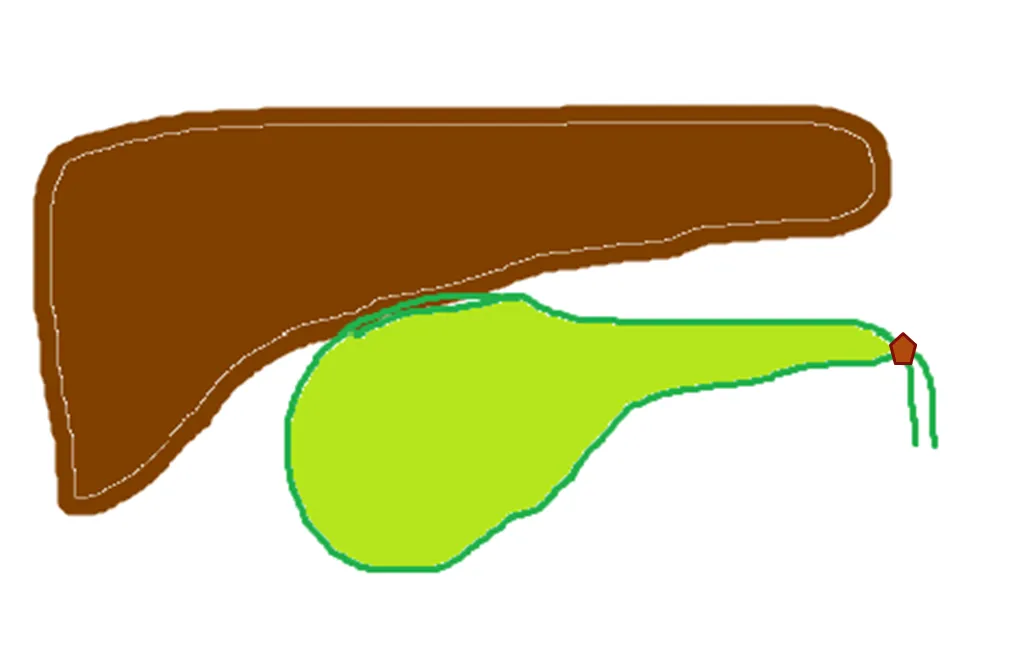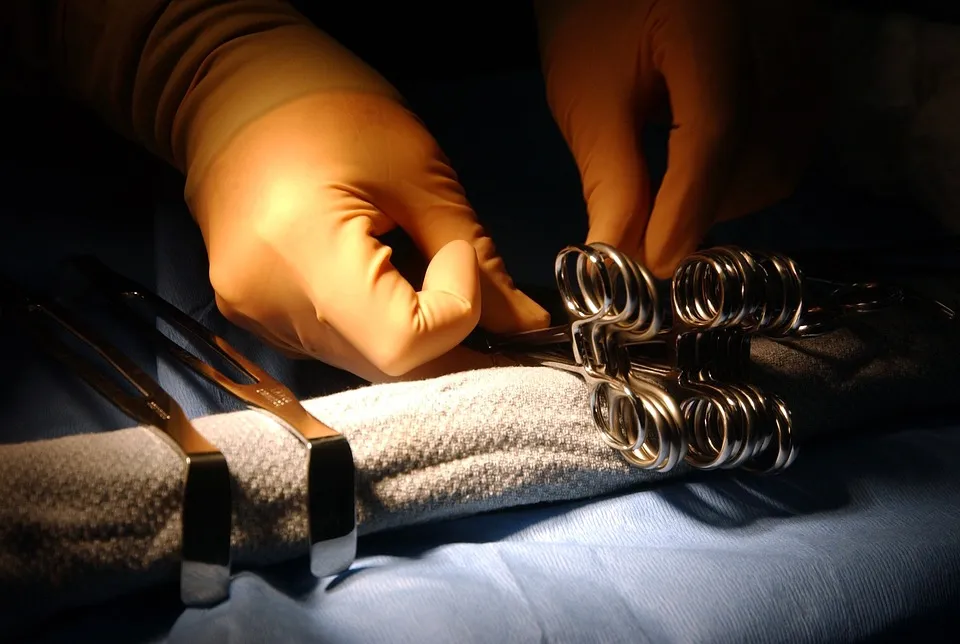Today I want to bring a topic that is quite common, but I want to see it from a physiopathological point of view, because in general it is difficult for people to visualize what is happening in their organism, because to a large extent doctors do not stop to explain adequately.
A very common disease and that to a great extent its solution is surgical is the "Acute Cholecystitis " that generally the cause is the migration of a calculus from the gallbladder. It represents one of the most frequent medical-surgical emergencies together with acute appendicitis.
For this publication I took the time to make an image in Paint, a very simple tool, I must point out, but I think that for didactic purposes it works quite well. So, let's get started with this informative post.

To better understand what is happening it is necessary to visualize the system that is involved in this disease, that is the gallbladder, bile ducts and liver.
As we can see in the following images, the liver is located in the upper right region of the abdomen, below the diaphragm, and in its lower part is attached the gallbladder.
From the gallbladder comes out the bile duct, which conducts the bile to the small intestine, specifically in the second portion of the common bile duct. Where the bile will participate in the digestive process. I must emphasize at this point that it is not the only way in which the bile could reach the small intestine to fulfill its function, that is why the gallbladder can be removed by surgery with almost no complications in digestion afterwards.
For various reasons (image on the right) stones can form inside the gallbladder, which are literally stones, resulting from the process of sedimentation of some particles that end up joining in a very compact way and have different sizes and shapes.

An acute cholecystitis is the inflammation of the gallbladder, which can also be caused by a bacterial or parasitic infection, or even by contiguity to the liver, for example, a hepatitis that causes the gallbladder to become inflamed, however, these are not the most common causes. The main cause is the formation and migration of stones that form in the gallbladder.
In the following image, you can see how the stones when migrating can be "stranded" in a part of its path and hinder the normal flow of bile, which would cause an accumulation of this substance, whose complications can be diverse, depending on the site where it obstructs.

If the aforementioned happens, the gallbladder would be distended as much as possible, causing a serious inflammatory process, which can even end in the rupture of the gallbladder and release its contents into the abdominal cavity, causing a big problem.
In this case it can also happen that the stones themselves are embedded in the walls of the gallbladder, which eventually causes a local inflammation, and injuring the walls of this organ predisposes to infections that worsen the picture.

It can also happen that a stone migrates and gets trapped somewhere in the common bile duct, or main bile duct, which would cause not only inflammation of the gallbladder but of the duct itself.
This disease is particularly painful and risky, because I must say that hollow organs such as the gallbladder, intestine, ducts, stomach, and other hollow organs activate the pain nerve fibers when they expand, that is, when they are distended, and that is precisely what happens in this case.
And not only that, but if they try to do their normal work when distended, the picture worsens. For this reason, a person diagnosed with this disease is immediately prescribed an absolute diet, that is, not to ingest anything at all, not even water. Because the moment something enters the mouth, the entire digestive system is activated, including the gallbladder, which will try to expel the bile to the small intestine, but it will not be able to do so because there is an obstruction.

Practically these are the points I wanted to highlight in relation to this topic, to show what they were from the pathophysiological point of view, but of course there is much more to this disease. It is important to highlight some symptoms, such as:
- The main one is the pain of strong intensity that occurs, especially after eating.
- The patient may present jaundice, due to the release of bile. For more information on this, please refer to the following publication: Let's understand what jaundice is
- Fever is a common sign of the disease, since it is frequent infections added to the inflammatory process.
- At the laboratory level we will find a diversity of signs, for all the altered:
Increased levels of alkaline phosphatase, due to inflammation of the common bile duct.
Increase of total and fractionated bilirubin.
Increase of white blood cells.
Increase of transaminases, which indicate liver inflammation.

Conclusion
As you can see, it is not only a localized inflammatory process but we are in front of a disease that compromises important organs of our organism, and that has a totally systemic repercussion.
The solution, as I said at the beginning, is generally surgical, it is the immediate indication when gallstones are present. The reason is simple to see, I guess. The potential complications from migration of a stone, which can be even up to pancreatitis, are much less than the likely complications that are generated in surgery.
I hope you have found this post very helpful. Thank you for reading my post.
I would like to know if you have had at any time problems with the gallbladder, if you were operated, if you knew this information you just read.
Links consulted
This publication contributes 5% of beneficiary to the @stemsocial account.
